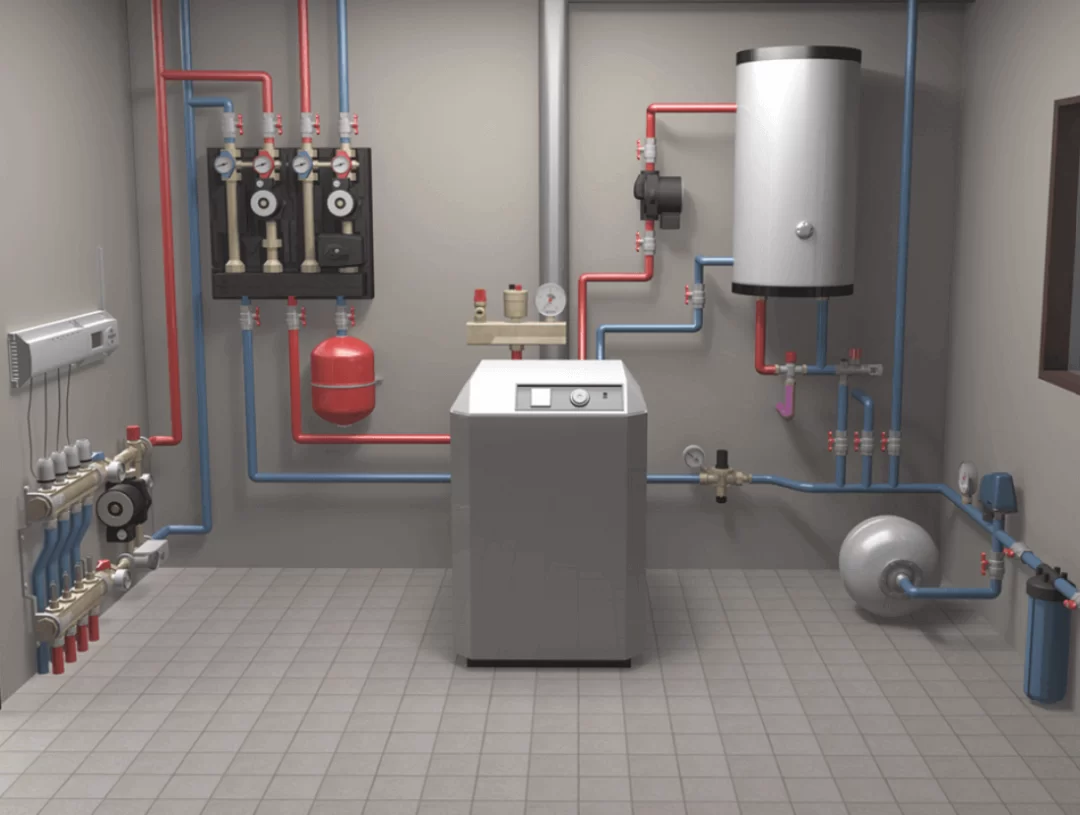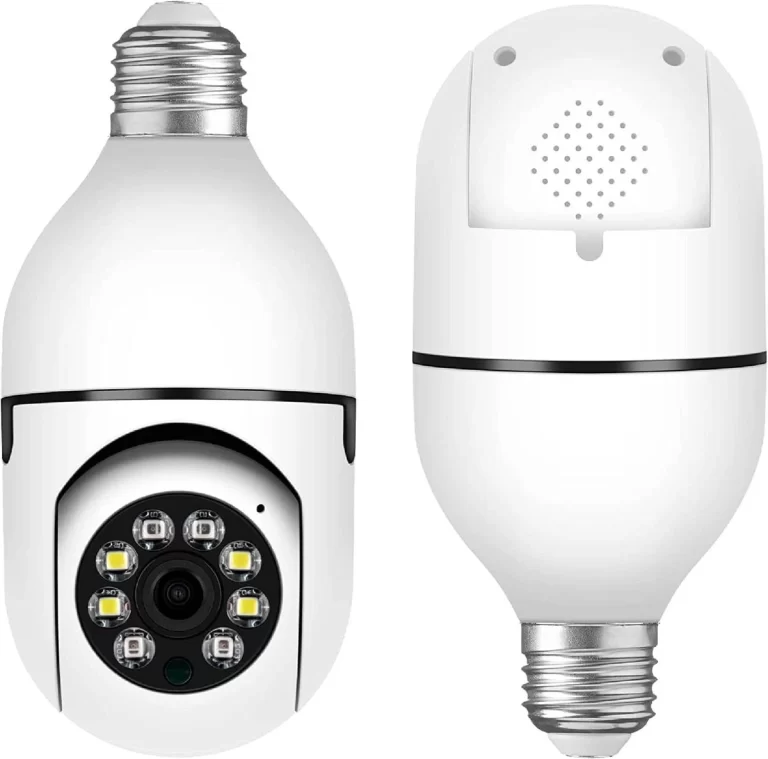What Are the 4 Types of Heating Systems? Forced Air Heating
What are the 4 types of heating systems? Heating systems play a crucial role in keeping our homes and workplaces warm and comfortable, especially during colder months.
Various heating systems are available today, each with its unique advantages and suitability for different settings.
In this article, we will explore the four main types of heating systems and help you understand which one might be the best fit for your needs.

What Are the 4 Types of Heating Systems?
Heating systems are appliances designed to generate heat and distribute it within a space to raise its temperature.
The primary purpose of these systems is to provide thermal comfort and create a conducive living or working environment, regardless of the outdoor weather conditions.
A well-functioning heating system is vital for maintaining the health and well-being of occupants in colder climates.
Types of Heating Systems
Here are the four major types of heating systems:
1. Forced Air Heating Systems
Forced air heating systems are among the most common heating methods in residential and commercial buildings.
These systems work by drawing air from the room, passing it through a heat exchanger, and then redistributing the warmed air through ducts and vents.
The heating source can be a gas furnace, electric heat pump, or oil burner. Forced air systems are known for their rapid heating capabilities and the ability to incorporate air conditioning.
2. Radiant Heating Systems
Radiant heating systems are gaining popularity due to their efficient and comfortable heating mechanism.
These systems directly transfer heat to objects and occupants in the room through infrared radiation, similar to how the sun warms the Earth.
Radiant heating can be achieved through electric radiant floors, hydronic systems, or infrared panels on walls or ceilings. They offer even heat distribution, reduced allergens, and noiseless operation.
3. Hydronic Heating Systems
Hydronic heating systems use hot water or steam to distribute heat throughout a building. A boiler heats the water, and then it is circulated through pipes or baseboards to radiate heat into the spaces.
Hydronic systems are versatile and can be used for floor heating, radiator heating, or even snow melting on driveways. They are energy-efficient and provide consistent, comfortable warmth.
4. Steam Heating Systems
Steam heating systems are older but can still be found in some older buildings. These systems use a boiler to generate steam, which is then distributed through pipes and radiators to heat the rooms.
Steam heating can be less efficient and slower to respond compared to other heating systems. It is commonly found in historic buildings but has been largely replaced by more modern and efficient systems.
Comparison of Heating Systems
When choosing the right heating system for your property, several factors should be considered:
1. Efficiency
Forced air and radiant heating systems are known for their efficiency and quick response. On the other hand, hydronic and steam systems might take longer to warm up, but they tend to retain heat well, making them efficient in the long run.
2. Installation Cost
Forced air systems are generally less expensive to install compared to radiant and hydronic systems, which may require significant initial investment. Steam heating systems, being less common, can also be costlier to install and maintain.
3. Maintenance
Forced air systems require regular filter changes and maintenance, while radiant and hydronic systems have lower maintenance needs. Steam systems, due to their complexity, can require more frequent maintenance.
4. Environmental Impact
Radiant and hydronic systems are considered more environmentally friendly as they have lower greenhouse gas emissions compared to forced air and steam systems.
Factors to Consider When Choosing a Heating System

When deciding on the most suitable heating system for your property, several factors should be taken into account:
1. Climate
Consider the climate of your region. Colder climates might benefit from radiant or hydronic systems, while forced air systems are sufficient for milder regions.
2. Energy Source Availability
Availability and cost of energy sources, such as natural gas, electricity, oil, or propane, should be considered when selecting a heating system.
3. Budget
Evaluate your budget for both the initial installation and long-term maintenance costs of the heating system.
4. Energy Efficiency
Opt for an energy-efficient system to reduce operational costs and minimize environmental impact.
Conclusion
Choosing the right heating system for your property is a significant decision that impacts comfort, energy consumption, and environmental footprint.
Consider the climate, energy source availability, and your budget when making this choice.
Forced air systems offer quick heating and cooling options, while radiant and hydronic systems provide efficient and comfortable warmth. Steam heating systems, although less common today, can still be found in some older properties.
READ ALSO!!!




I like that you pointed out how a well-functioning heating system is important for maintaining the health and well-being of occupants in colder climates. It has been quite cold lately and it made me realize again how important heating is. Fortunately, there are now companies that could address everyone’s heating needs, like commercial heating companies.